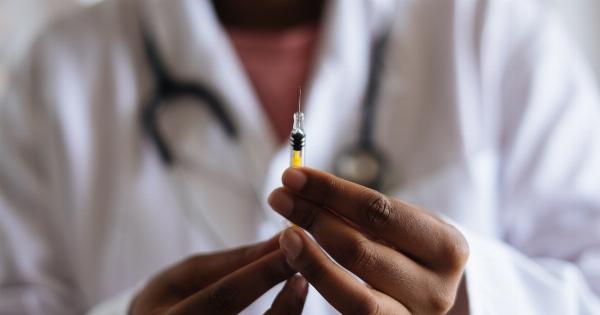Teenage sexual activity is a topic of concern for parents, educators, and healthcare professionals alike.
Understanding the influential factors that contribute to teenagers engaging in sexual activity is crucial in order to develop effective prevention strategies and provide appropriate guidance and support. This article explores the various factors that influence teenage sexual activity and their potential implications.
Social Influence
Social influence plays a significant role in teenage sexual activity. Peer pressure, societal norms, and the influence of media can all contribute to teenagers feeling the need to engage in sexual behavior at a young age.
Adolescents may feel the pressure to conform to their friends’ behaviors and engage in sexual activity before they are emotionally or physically ready.
Family Dynamics
The family environment and dynamics also play a crucial role in shaping teenage sexual activity.
A lack of parental guidance and involvement, poor communication within the family, or exposure to dysfunctional relationships can contribute to teenagers seeking emotional connections through sexual relationships. Additionally, adolescents who grow up in homes where sex is a taboo topic may lack proper education and communication regarding sexual health.
Individual Factors
Several individual factors can influence a teenager’s decision to engage in sexual activity. Emotional status, self-esteem, and perceived peer acceptance can all play a role.
Teenagers who struggle with low self-esteem may seek validation through sexual relationships, while those who feel emotionally vulnerable may use sex as a means of seeking intimacy or connection.
Education and Awareness
The level of sexual education and awareness in schools and communities can significantly impact teenage sexual activity.
Comprehensive sexual education programs that provide accurate information about contraception, STIs, consent, and healthy relationships have been shown to delay the onset of sexual activity and reduce risky behaviors. Lack of access to comprehensive sexual education leaves teenagers ill-equipped to make informed decisions about their sexual health.
Media Influence
The media plays a powerful role in shaping teenagers’ perceptions of sex and relationships. Portrayals of sexual encounters in movies, TV shows, and music videos often present unrealistic expectations and may normalize casual or risky behavior.
Exposure to these media messages can influence teenagers’ attitudes towards sex and increase their willingness to engage in sexual activity at a young age.
Substance Abuse
Substance abuse, such as alcohol or drug use, is closely linked to teenage sexual activity.
Under the influence of substances, teenagers may engage in risky behaviors and make impulsive decisions, including engaging in sexual activity without proper protection or consent. Substance abuse can impair judgment and increase the likelihood of engaging in risky sexual behaviors.
Peer Influence
Peers have a tremendous impact on teenage sexual activity. Adolescents often feel pressured to fit in and may engage in sexual behavior to gain acceptance or conform to social expectations.
Friends who are already sexually active can normalize the behavior, making it seem more acceptable or expected. The desire to belong and feel connected to peers can override teenagers’ own reservations about engaging in sexual activity.
Religious and Cultural Beliefs
Religion and cultural beliefs can significantly influence teenagers’ attitudes and decisions regarding sexual activity.
Adolescents who come from religious or conservative backgrounds may internalize messages that emphasize abstinence until marriage. These beliefs can act as a protective factor, reducing the likelihood of early sexual engagement. Conversely, teenagers who feel disconnected from their religious or cultural backgrounds may be more likely to engage in sexual activity.
Emotional and Physical Development
Adolescence is a period characterized by significant emotional and physical changes. The timing and pace of a teenager’s emotional and physical development can influence their readiness for sexual activity.
Teenagers who mature earlier than their peers may feel more prepared for sexual relationships, while those who lag behind in development may experience pressure to catch up with their peers.
Access to Healthcare and Contraception
Access to healthcare services, including reproductive healthcare and contraception, can impact teenage sexual activity.
Limited access to affordable and confidential healthcare services may deter teenagers from seeking sexual health information and contraceptives. Lack of access increases the risk of engaging in unprotected sex and the potential for unintended pregnancies and sexually transmitted infections.
Conclusion
Understanding the influential factors that contribute to teenage sexual activity is essential for developing effective prevention strategies and providing appropriate support.
Social influence, family dynamics, individual factors, education and awareness, media influence, substance abuse, peer influence, religious and cultural beliefs, emotional and physical development, and access to healthcare are all interconnected factors that shape teenage sexual behavior. By addressing these factors and promoting comprehensive sexual education, open communication, and access to healthcare, we can help teenagers make informed decisions about their sexual health and well-being.































